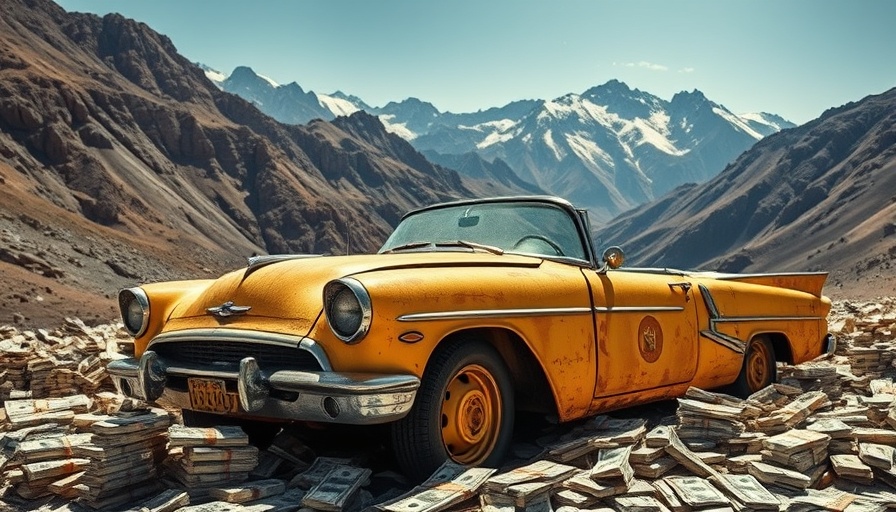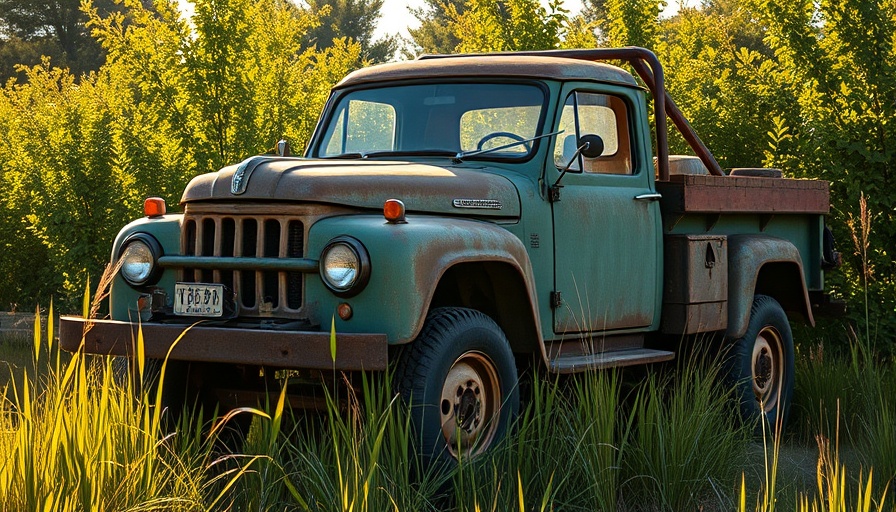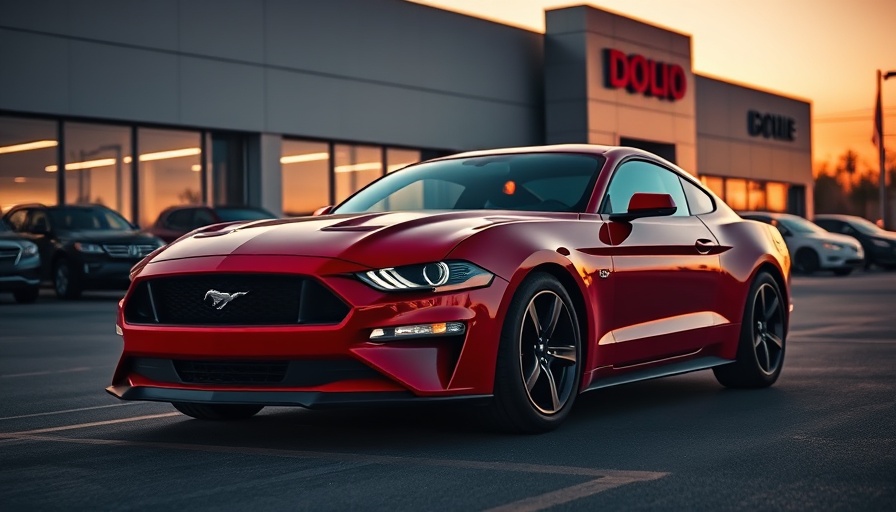
How Inflation Influences the Salvage Vehicle Market
Inflation affects nearly everything we buy, including vehicles. As the economy fluctuates, the prices of food, fuel, rent, and cars tend to rise. But amidst the escalating prices, how does inflation specifically impact salvage vehicles? This exploration will unpack how inflation alters the behavior of buyers and sellers in the salvage vehicle sector, especially for those looking to purchase through salvage auctions.
Understanding Salvage Vehicles
Before delving into the impacts of inflation, it’s essential to understand what a salvage vehicle is. Typically, a salvage vehicle is one deemed a total loss by an insurance company, meaning the cost to repair it exceeds its market value. When a car receives a salvage title, it becomes important to consider the state laws, as each state imposes different guidelines for driving or repairing these vehicles.
Why Buy Salvage Cars Amid Inflation?
During periods of financial strain, potential car buyers increasingly seek ways to cut expenses. Salvage vehicles often represent significant savings compared to their non-damaged counterparts. For many, the decision comes down to personal needs, adaptability for repairs, and budget considerations. If someone has the time and resources to restore a salvage car, it can lead to substantial savings and an interesting project.
Three Key Impacts of Inflation on Salvage Vehicle Pricing
1. Rising Repair Costs
The backdrop of inflation elevates the costs of parts, labor, and tools required for repairs. As these expenses climb, insurance companies may increasingly label vehicles as total losses over what was once considered minor damage. As a consequence, the availability of salvage cars tends to surge, prompting buyers to weigh the cumulative costs of purchasing a salvage vehicle alongside their construction or restoration efforts.
2. Increased Demand
With new and used car prices soaring due to inflation and constrained supply chains, more auto shoppers are exploring salvage options. This robust interest boosts the demand for salvage cars, resulting in higher bids at auctions despite the vehicles’ damaged conditions. The competitive spirit in the salvage market often means buyers may need to act swiftly and strategically to secure a deal.
3. Changing Financing Landscape
The inflationary environment also reshapes how financial institutions lend money and set interest rates. Difficulties in obtaining loans can detract from a buyer’s purchasing power, prompting many to redirect to salvage vehicles as affordable alternatives. The lower sales prices for salvage cars relative to other vehicles frequently make them more enticing options during economic uncertainties.
Where to Source Salvage Cars
For those interested in acquiring a salvage vehicle, numerous avenues exist. Whether browsing through local vehicle salvage yards or exploring online salvage vehicle dealers, prospective buyers can easily find a variety of options. The key is thorough research and understanding the particular market dynamics surrounding salvage vehicles.
Long-term Considerations
While purchasing salvage cars could provide immediate financial relief, buyers need to consider long-term maintenance implications. Initiating a car maintenance schedule or understanding a vehicle maintenance checklist becomes essential for keeping salvage vehicles operational. Buyers must evaluate the costs associated with car repairs diligently, including regular oil changes, brake pad replacement costs, and maintaining other critical systems like the AC.
Your Next Steps in Salvage Vehicle Ownership
The journey of owning a salvage vehicle can be rewarding, manifesting both in terms of financial savings and fulfilling car restoration projects. As you navigate the fluctuating economic landscape, consider creating a DIY car maintenance plan tailored to your vehicle's needs. Prioritize the essentials—like how often to change oil and the timing belt replacement interval—to ensure your investment is sustainable.
In conclusion, inflation does significantly impact the pricing of salvage vehicles from multiple angles, including repair costs, market demand, and financing challenges. However, for intrepid buyers willing to undertake the necessary restorations, salvage cars can distinctly enhance their journey while providing savings that align well with budgeting goals.
 Add Row
Add Row  Add
Add 




Write A Comment